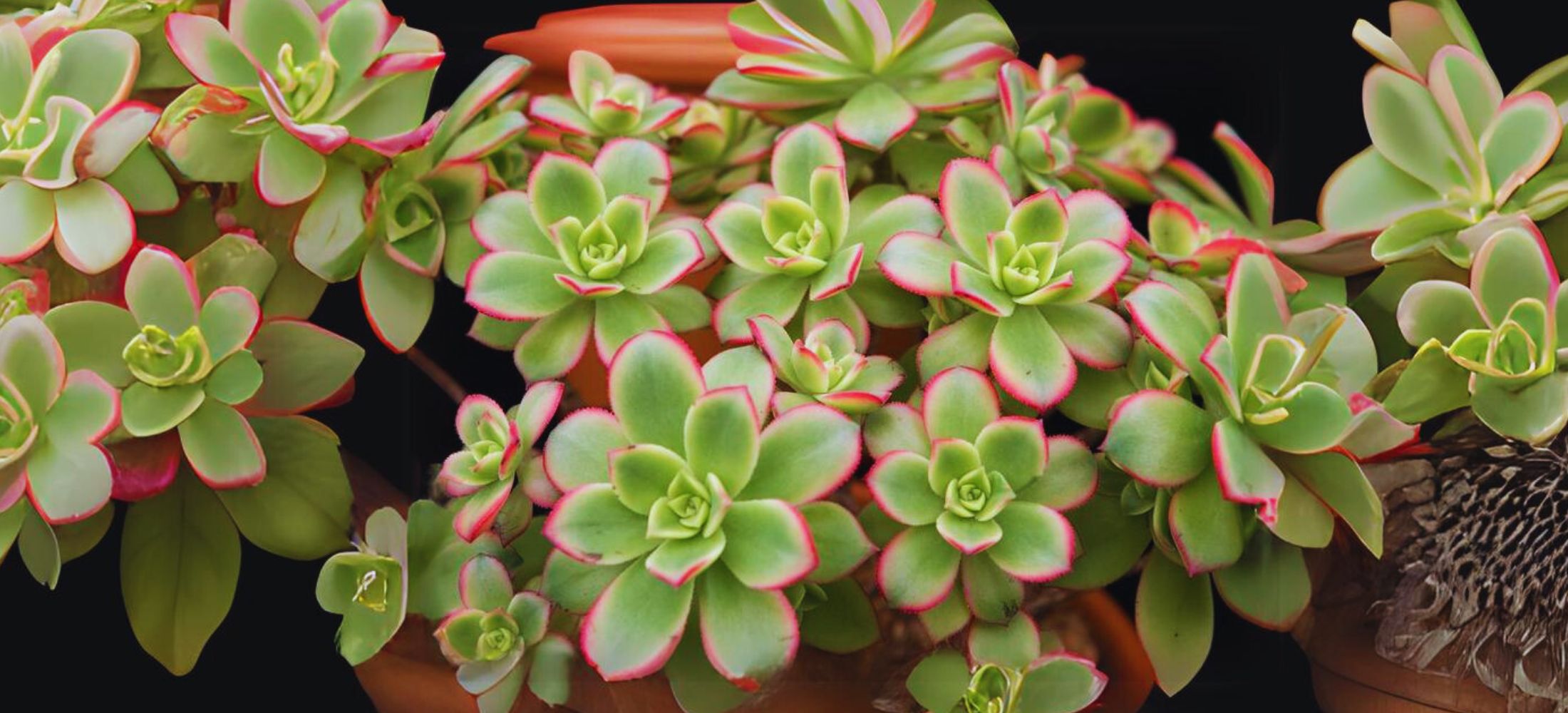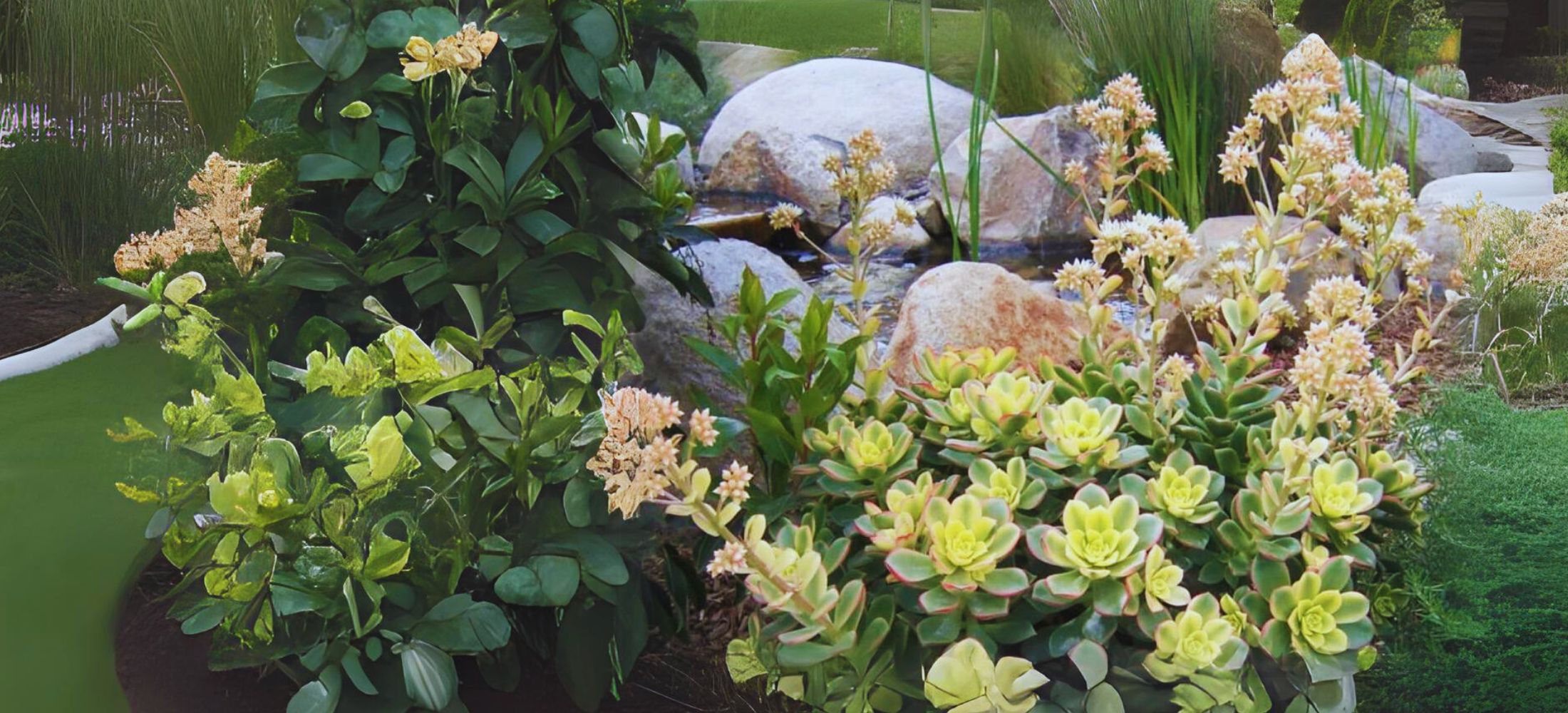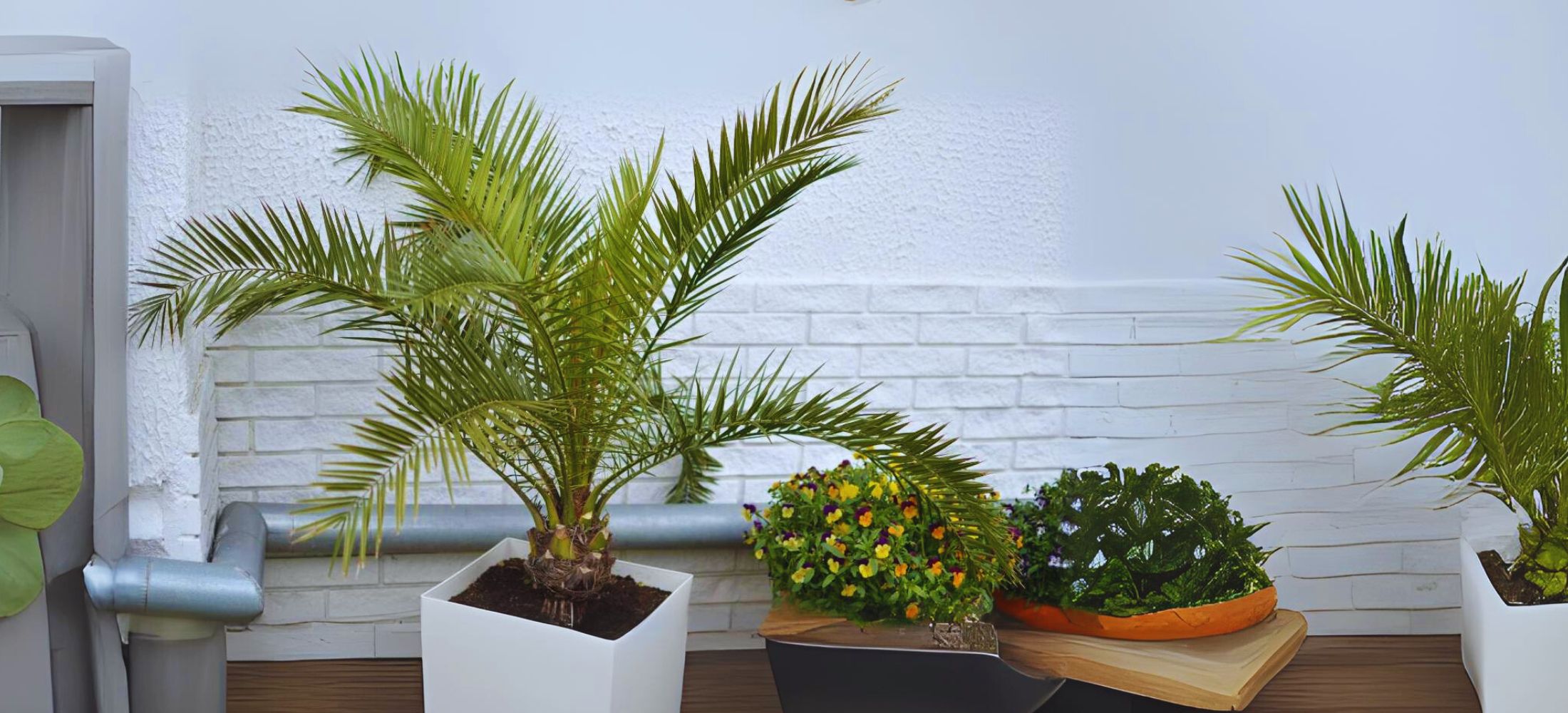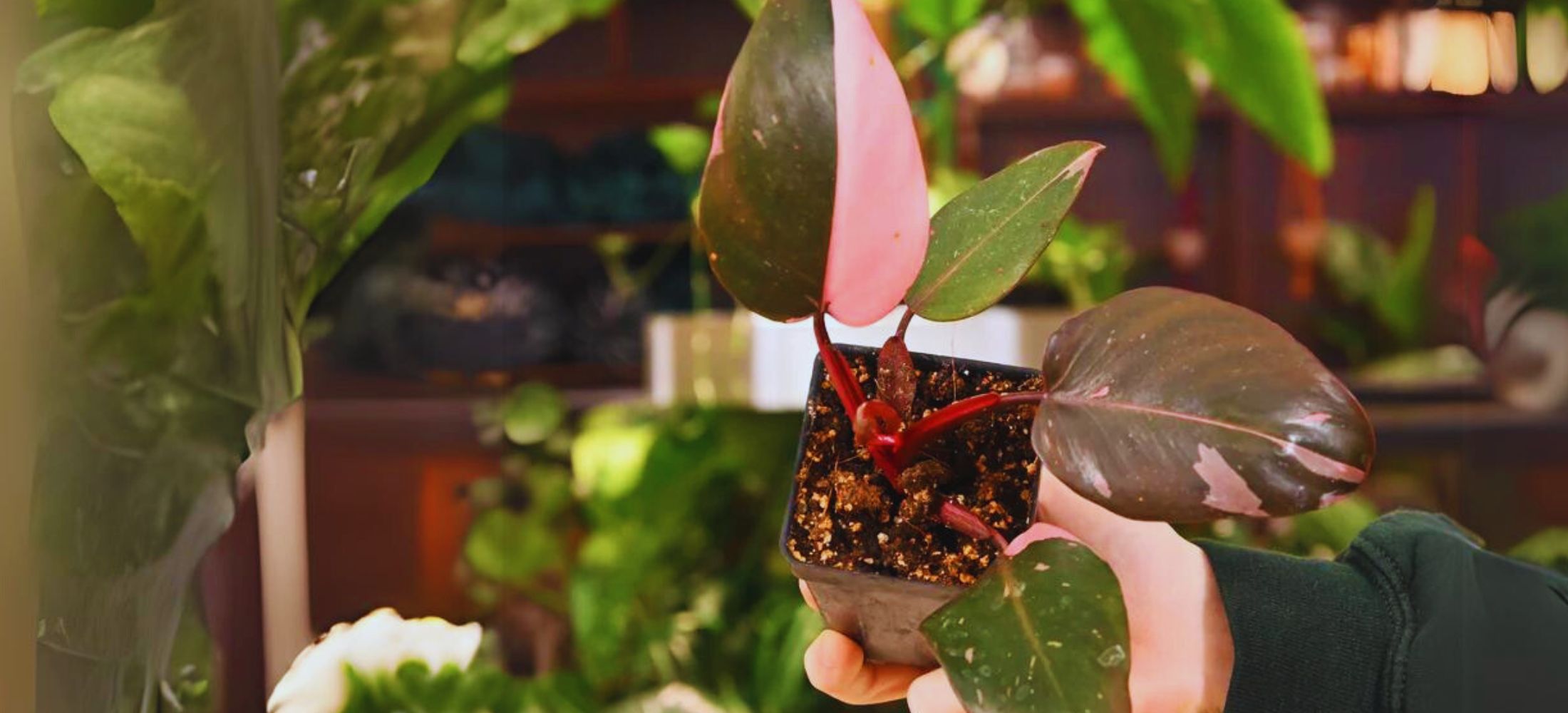Introduction
Aeonium Kiwi, moreover called Aeonium haworthii, is a totally precise and extremely good succulent desired for its rosettes of colorful colorings. With its inexperienced and yellow leaves edged in red, Aeonium Kiwi sticks out as a colorful, appealing desire for gardens and indoor packing containers.
Native to the Canary Islands, this succulent flourishes in warmer climates and is straightforward to attend to, making it quality for novice and expert gardeners. Aeonium Kiwi is valued not first rate for its beauty however furthermore for its adaptability and resilience.
Plant Profile
Scientific Name and Classification
The clinical name for Aeonium Kiwi is Aeonium haworthii, and it belongs to the Aeonium genus within the Crassulaceae own family. This succulent is often called Aeonium Kiwi because of its tropical shade tones paying homage to a kiwi fruit.
Growing Season and Climate Needs
Aeonium Kiwi generally grows within the cooler seasons of fall through spring. In warmer climates, it can input a dormant phase in a few unspecified time within the future of summer season. It is superb perfect to USDA Hardiness Zones 9–eleven and does nicely in regions that offer mild winters and warmth, dry summers. While it could tolerate brief cold spells, prolonged frost can damage this succulent.
Size and Appearance
This succulent skill is a low-growing form with rosettes that attain around 4-6 inches in diameter. Aeonium Kiwi generally grows to a pinnacle of 12–24 inches. The rosettes show an adorable gradient of inexperienced and yellow with pink edges, making it a placing focal component in any succulent affiliation.
Sunlight and Soil Requirements
Aeonium Kiwi prospers in whole daytime to partial shade, and whole sunlight hours brings out the brightest pink edges on its leaves. Well-draining soil is critical to save you waterlogging and root rot. A cactus or succulent potting blend is right, or you could enhance normal soil drainage with the aid of the usage of on the side of sand or perlite.
How to Plant Aeonium Kiwi

When to Plant Aeonium Kiwi
The first-rate time to plant Aeonium Kiwi is in the spring or fall whilst temperatures are mild. These seasons provide the maximum charming balance of heat and daylight that allows healthy growth and root established order. Although it is able to be planted at precise times, keep away from planting it in immoderate warmth or frost.
Where to Plant Aeonium Kiwi
Aeonium Kiwi can be made bigger in boxes, garden beds, or as part of a rock garden. For out of doors planting, choose out a gap with morning daylight and a few afternoon colors, specifically in mainly warm climates. When planted indoors, it is close to a sunny window in which it can acquire masses of herbal mild.
Planting Process
- Prepare the Soil: Ensure the soil is well-draining. A business enterprise succulent or cactus soil aggregate works nicely, or amend ordinary soil with sand or perlite for higher drainage.
- Planting Depth: Dig a shallow hollow large enough to residence the roots and plant the Aeonium Kiwi with the lowest of its rosette barely above soil diploma.
- Watering: Water the soil gently right away after planting. Avoid soaking the soil, as too much water can cause root rot.
Care Guide for Aeonium Kiwi
Watering Requirements
Aeonium Kiwi has minimum water goals and is especially drought-tolerant as speedy as installation. Water every week in spring and fall whilst the plant is actively growing. During summer time dormancy, reduce watering to keep away from root rot. Always permit the soil to dry out clearly in advance rather than watering over again.
Fertilizing Needs
Although now not a heavy feeder, Aeonium Kiwi blessings from a diluted succulent fertilizer as quickly as in a few unspecified time within the destiny of its developing season. Apply the fertilizer in early spring to promote robust, colorful increase.
Pruning Tips
Regularly cast off any vain or dried leaves from the bottom of the rosettes to preserve Aeonium Kiwi’s appealing appearance. Occasional pruning furthermore encourages new growth and lets in manage its shape.
Propagation
Aeonium Kiwi is straightforward to propagate thru cuttings and offsets. For stem cuttings, lessen a wholesome rosette with a few stem linked and permit it dry for a day in advance than planting it in well-draining soil. Offsets are smaller rosettes that shape round the number one plant; they will be separated and replanted.
Companion Plants for Aeonium Kiwi
Planting Aeonium Kiwi with specific succulents and espresso-water flowers creates a harmonious and visually appealing association. Here are a few wonderful partners:
- Echeveria: Their colorful rosettes and similar water wishes reason them to be first rate healthful.
- Sedum: This ground cover plant offers texture around Aeonium Kiwi.
- Jade Plant (Crassula): Adds contrasting height and form.
- Agave: The formidable shapes of agave plants make a strong seen declaration beside Aeonium Kiwi’s mild rosettes.
Common Diseases and Pests in Aeonium Kiwi
1. Root Rot
Root rot is one of the most not unusual troubles affecting Aeonium Kiwi and may be poor to its health if no longer dealt with right away. Root rot commonly develops due to overwatering or poorly draining soil, which results in waterlogged roots. Succulents like Aeonium Kiwi are pretty at risk of root rot as their roots cannot deal with everyday moisture.
- Treatment: If root rot takes root, dispose of the plant from the soil and reduce any affected roots. Allow the plant to dry out completely in advance than replanting in glowing, dry soil.
2. Powdery Mildew
Powdery mold is a fungal infection that appears as a white or gray powdery coating at the leaves and stems. It can upward thrust up if there’s immoderate humidity, terrible air circulation, or if water is permitted to sit down down on the leaves for too long.
- Treatment: Remove affected leaves and address the plant with a fungicide. Neem oil or a baking soda answer may be executed as a natural remedy. Improving airflow and decreasing humidity levels across the plant will assist save you mold from spreading.
3. Aphids
Aphids are small, gentle-bodied bugs that feed on the sap of flowers, weakening them and possibly spreading illnesses. These pests frequently cluster on new growth, causing the leaves to twist and turn out to be discolored. While Aeonium Kiwi isn’t quite prone to aphid infestations, it may entice them all through hotter weather.
- Treatment: Use a slight spray of water to ease off the aphids or exercising insecticidal cleansing cleansing soap. Neem oil is also an effective herbal remedy. Repeat treatment weekly until the aphids are long past.
4. Mealybugs
Mealybugs are every extraordinary common pest that desires Aeonium Kiwi, hiding inside the plant’s crevices. These tiny, white, cotton-like insects feed on the plant’s sap, inflicting stunted growth and leaf drop. Mealybugs also can appeal to ants, growing similar issues within the garden.
- Treatment: Dip a cotton swab in rubbing alcohol and workout it straight away to the mealybugs to kill them on touch. For huge infestations, use a neem oil spray. Repeat remedy weekly till all signs and symptoms and signs and symptoms and symptoms of the mealybugs are extended past.
Conclusion
Aeonium Kiwi is a colorful, easy-to-care-for succulent that offers attraction and vibrancy to any setting. With its resilient nature, Aeonium Kiwi is an exquisite choice for every outside garden and indoor plant collections.
By following the right care practices, you may experience a thriving Aeonium Kiwi plant with minimal safety. Whether it’s paired with specific succulents or planted as a stand-by myself function, Aeonium Kiwi brings beauty, splendor, and a touch of the tropics to your home or garden.
Read more: Delosperma Echinatum ‘The Pickle Plant’: Complete Guide




На этом сайте вы можете заказать подписчиков для Telegram. Доступны активные аккаунты, которые способствуют развитию вашего канала. Оперативная накрутка и гарантированный результат обеспечат надежный рост подписчиков. Цены выгодные, а оформление заказа не требует лишних действий. Запустите продвижение уже сегодня и нарастите аудиторию своего канала!
Накрутка подписчиков в Телеграм живые активные бесплатно
The digital drugstore offers a wide range of medications for budget-friendly costs.
Shoppers will encounter both prescription and over-the-counter drugs to meet your health needs.
Our goal is to keep trusted brands at a reasonable cost.
Fast and reliable shipping ensures that your purchase gets to you quickly.
Enjoy the ease of getting your meds on our platform.
https://aengus.asta.tu-dortmund.de/lists/hyperkitty/list/[email protected]/thread/V4R5JCOBPTMHHAU5ZP3FF6EKJGTBXW7Z/
Our e-pharmacy features an extensive variety of medications at affordable prices.
You can find all types of drugs to meet your health needs.
Our goal is to keep safe and effective medications while saving you money.
Speedy and secure shipping provides that your order is delivered promptly.
Experience the convenience of ordering medications online through our service.
https://fidelistase.mave.digital/ep-1